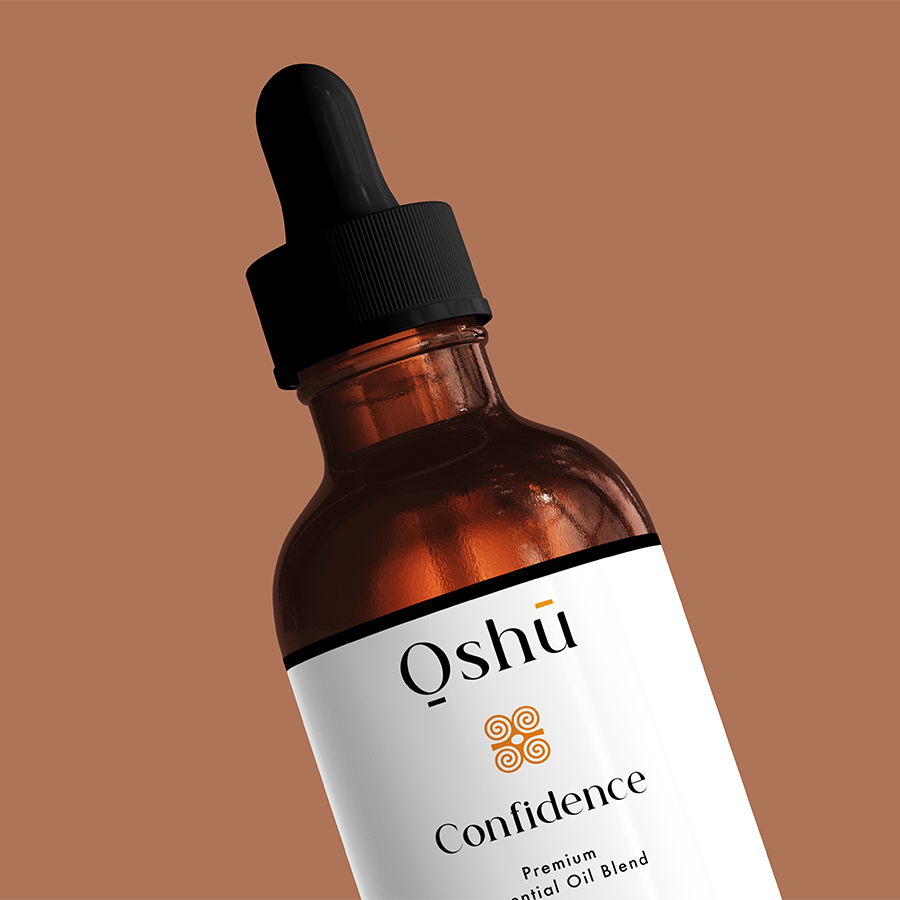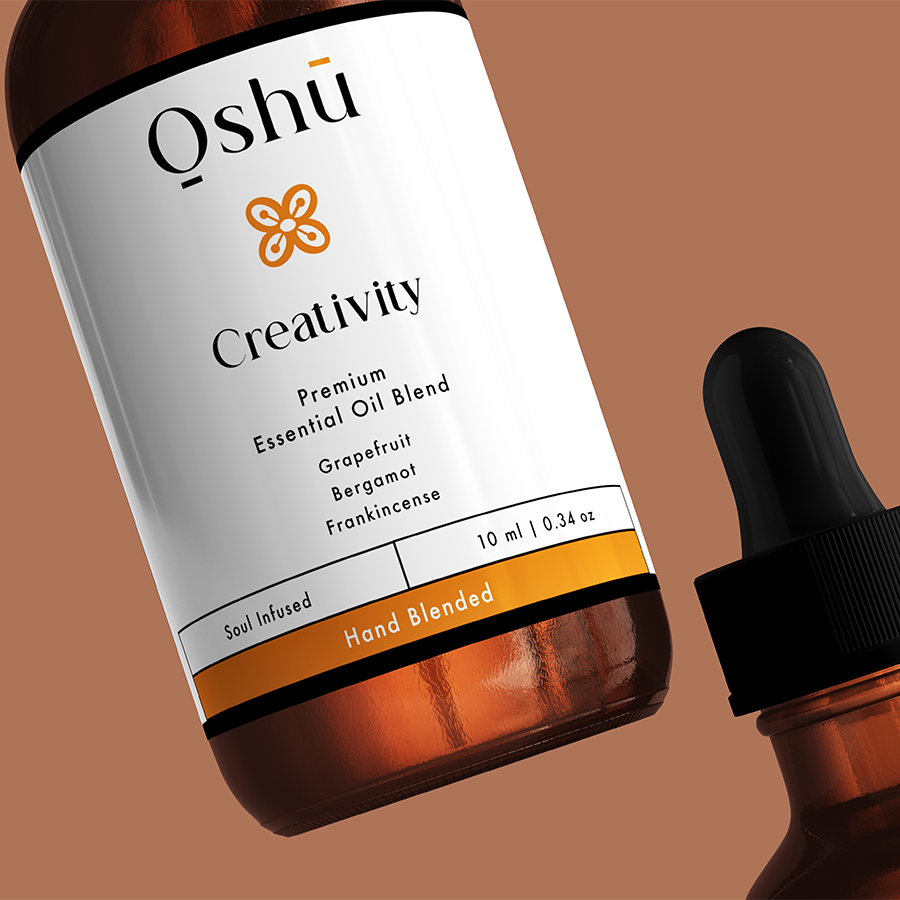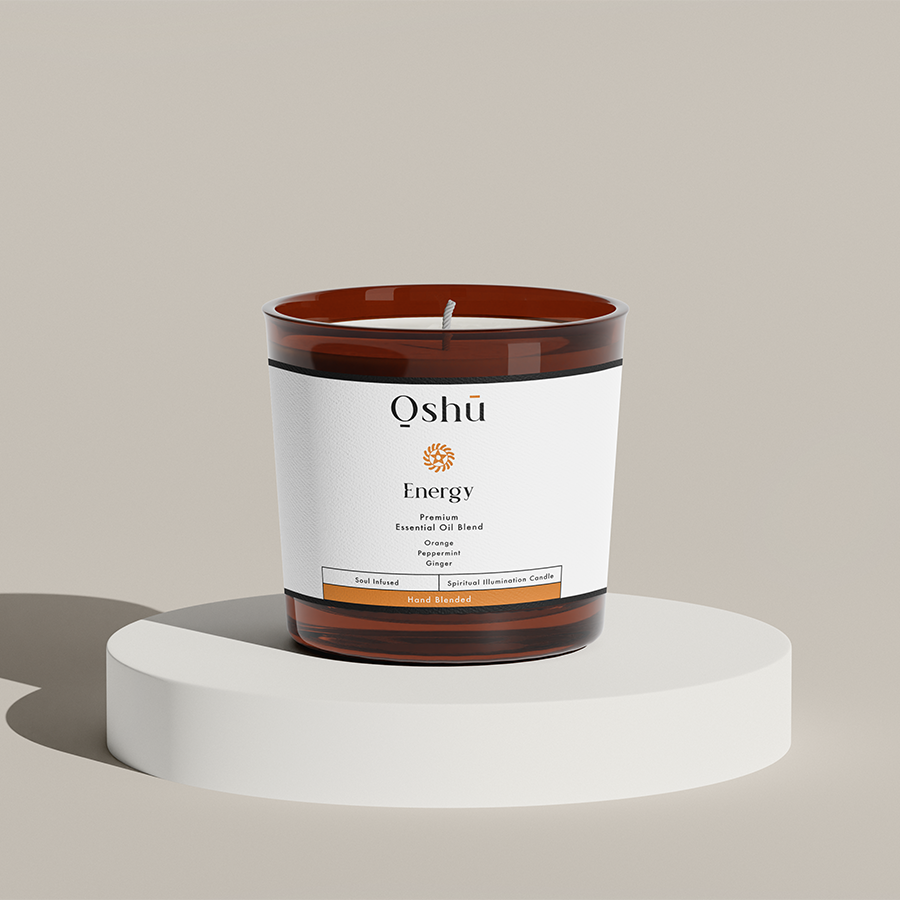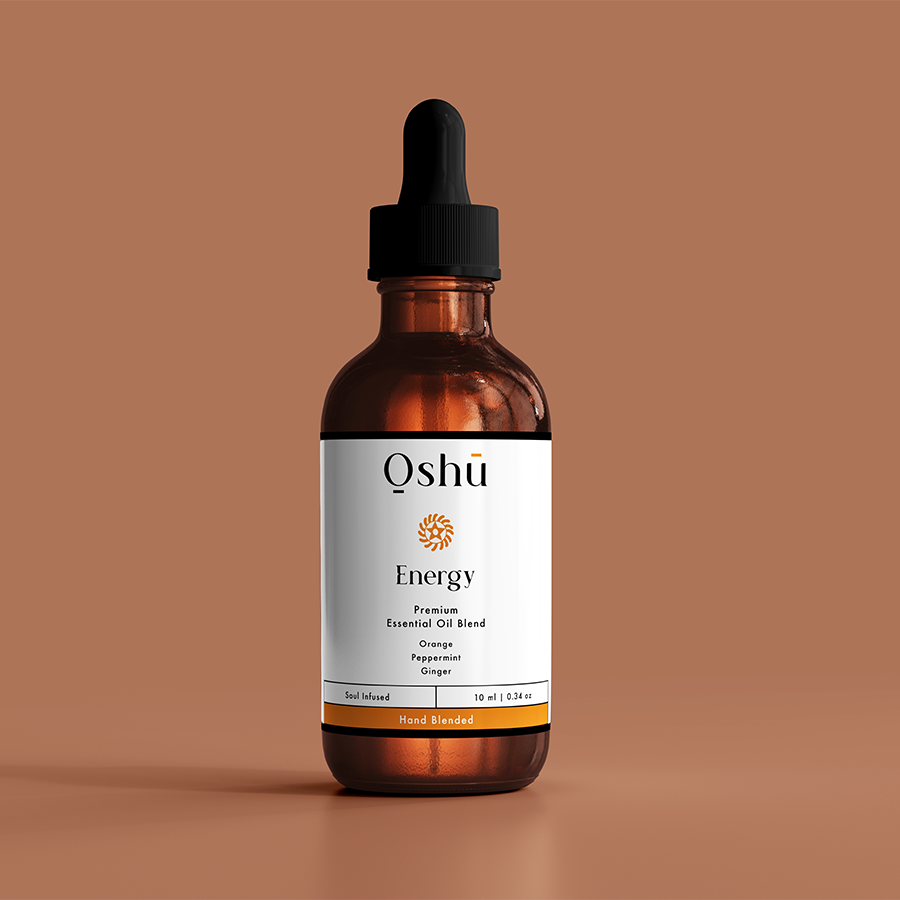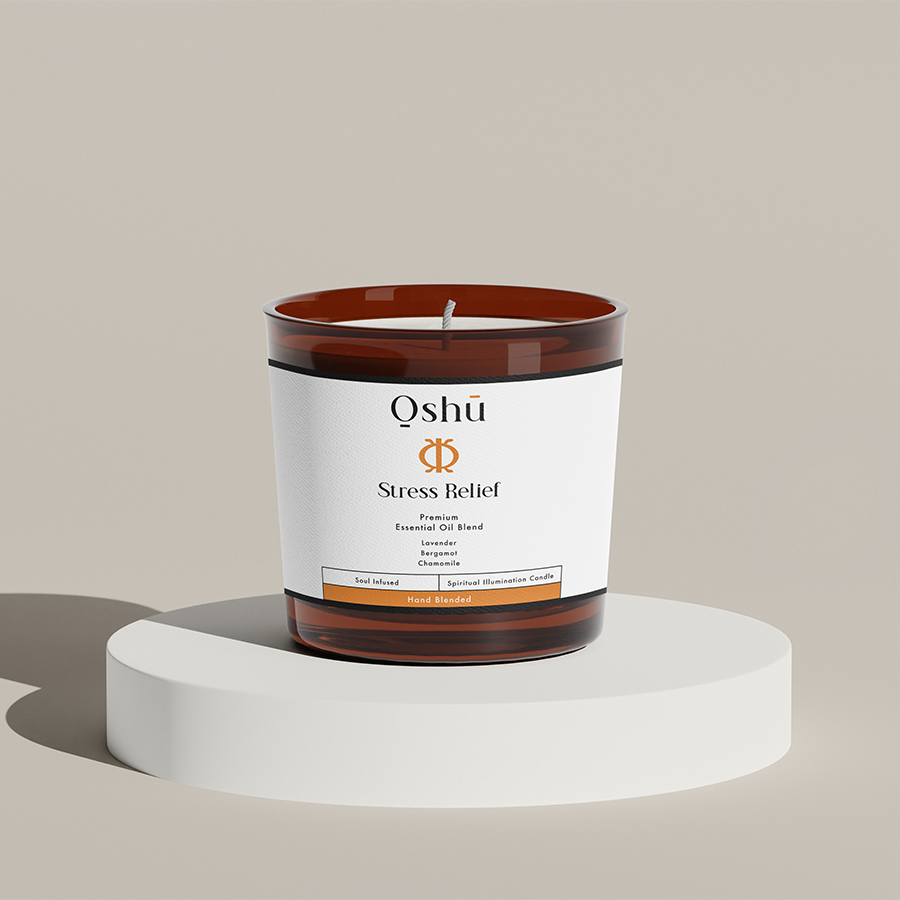Yeast on skin, also known as cutaneous candidiasis, is a common condition that occurs when there is an overgrowth of yeast-like fungus, typically Candida albicans, on the skin. This can lead to a range of uncomfortable and unsightly symptoms, including redness, itching, burning, and discharge. Yeast on skin can affect anyone, but it is more common in people with weakened immune systems, diabetes, or those who are obese.
Table of Contents
Causes of Yeast on Skin
There are several factors that can contribute to the development of yeast on skin. Some of the most common causes include:
– Warm and moist environments, such as skin folds or areas with excessive sweating
– Tight-fitting clothing or synthetic fabrics that trap moisture
– Poor hygiene or inadequate drying of the skin
– Antibiotic use, which can disrupt the natural balance of skin flora
– Hormonal changes or imbalances, such as those experienced during pregnancy or menopause
– Weakened immune system, which can make it harder for the body to fight off fungal infections
Symptoms of Yeast on Skin
The symptoms of yeast on skin can vary depending on the location and severity of the infection. Common symptoms include:
– Redness, inflammation, and swelling of the affected area
– Itching, burning, or stinging sensations
– Thick, white, or yellowish discharge or crust
– Skin lesions or rashes, which may be itchy or painful
– In severe cases, yeast on skin can lead to more serious complications, such as cellulitis or sepsis
Essential Oils for Yeast on Skin
Essential oils have been used for centuries to treat a range of skin conditions, including yeast infections. Some of the most effective essential oils for yeast on skin include:
– Tea Tree Oil (Melaleuca Alternifolia): Known for its antifungal and antibacterial properties, tea tree oil can help to combat the growth of Candida albicans and reduce inflammation.
– Lavender Oil (Lavandula Angustifolia): Lavender oil has antifungal and antiseptic properties, making it an effective treatment for yeast on skin. It can also help to soothe and calm the skin.
– Geranium Oil (Pelargonium Graveolens): Geranium oil has antifungal and antibacterial properties, making it an effective treatment for yeast on skin. It can also help to balance the skin’s natural pH and reduce inflammation.
– Lemon Oil (Citrus Limon): Lemon oil has antifungal and antibacterial properties, making it an effective treatment for yeast on skin. It can also help to boost the immune system and reduce inflammation.
How to Use Essential Oils for Yeast on Skin
Essential oils can be used in a variety of ways to treat yeast on skin. Some of the most effective methods include:
– Topical application: Mix a few drops of essential oil with a carrier oil, such as coconut or olive oil, and apply directly to the affected area.
– Bath soaks: Add a few drops of essential oil to a warm bath to help soothe and calm the skin.
– Compresses: Mix a few drops of essential oil with water and apply as a compress to the affected area.
– Diffusion: Diffuse essential oils in the air to help reduce fungal growth and promote a healthy environment.
Precautions and Contraindications
While essential oils can be an effective treatment for yeast on skin, it’s important to use them safely and responsibly. Some precautions and contraindications to be aware of include:
– Always dilute essential oils with a carrier oil before applying to the skin, as they can be very potent.
– Avoid using essential oils on broken or damaged skin, as this can increase the risk of irritation or infection.
– If you have a weakened immune system or are pregnant or breastfeeding, consult with a healthcare professional before using essential oils.
– Essential oils may interact with certain medications or worsen certain health conditions, so it’s important to consult with a healthcare professional before using them.
Natural Remedies for Yeast on Skin
In addition to essential oils, there are several natural remedies that can help to treat yeast on skin. Some of the most effective remedies include:
– Apple cider vinegar: Apple cider vinegar has antifungal and antibacterial properties, making it an effective treatment for yeast on skin.
– Coconut oil: Coconut oil has antifungal properties, making it an effective treatment for yeast on skin.
– Probiotics: Probiotics can help to promote a healthy balance of gut flora, which can help to reduce the risk of yeast infections.
– Oatmeal baths: Oatmeal baths can help to soothe and calm the skin, reducing inflammation and discomfort.
Yeast on skin can be a frustrating and uncomfortable condition, but there are several natural remedies that can help to treat it. Essential oils, such as tea tree oil, lavender oil, and geranium oil, can be an effective treatment for yeast on skin, when used safely and responsibly. By combining essential oils with other natural remedies, such as apple cider vinegar and coconut oil, you can help to promote a healthy balance of skin flora and reduce the risk of yeast infections. Remember to always consult with a healthcare professional before using essential oils, especially if you have a weakened immune system or are pregnant or breastfeeding.
Frequently Asked Questions
What is yeast on the skin?
Yeast on the skin, also known as cutaneous candidiasis, is a common fungal infection caused by an overgrowth of Candida yeast. It can occur on any part of the body, but is most common in warm, moist areas such as the armpits, groin, and skin folds. Symptoms include redness, itching, burning, and a thick, white discharge.
What causes yeast on the skin?
Yeast on the skin can be caused by a variety of factors, including hormonal imbalances, antibiotics, diabetes, obesity, and poor hygiene. It can also be triggered by tight-fitting clothing, sweating, and using harsh soaps or cleansers.
How do essential oils help with yeast on the skin?
Essential oils have antifungal and antibacterial properties that can help to combat yeast overgrowth on the skin. They can also help to soothe and calm the skin, reducing inflammation and discomfort.
Which essential oils are best for yeast on the skin?
Some of the most effective essential oils for yeast on the skin include tea tree oil, lavender oil, and lemongrass oil. These oils have strong antifungal properties that can help to combat yeast overgrowth and reduce symptoms.
How do I use essential oils for yeast on the skin?
Essential oils can be used in a variety of ways to treat yeast on the skin, including adding them to bath water, mixing them with a carrier oil for topical application, or incorporating them into a skincare routine. Always dilute essential oils with a carrier oil and perform a patch test before using them on the skin.
Can I use essential oils if I have sensitive skin?
Yes, but with caution. If you have sensitive skin, it’s best to start with small amounts of essential oils and gradually increase as needed. Also, choose gentle, skin-friendly essential oils like lavender or chamomile, and always dilute them with a carrier oil.
How long does it take to see results from using essential oils for yeast on the skin?
Results may vary depending on the severity of the infection and individual skin type. However, many people report seeing improvements within 1-2 weeks of using essential oils consistently.
Can I use essential oils in combination with other treatments?
Yes, essential oils can be used in combination with other treatments, such as antifungal creams or ointments, to enhance their effectiveness. However, always consult with a healthcare professional before combining treatments.
Are essential oils safe to use during pregnancy or breastfeeding?
Some essential oils are safe to use during pregnancy or breastfeeding, but others should be avoided. Always consult with a healthcare professional before using essential oils during these times.
Can essential oils help prevent yeast on the skin?
Yes, essential oils can help prevent yeast on the skin by promoting a healthy balance of skin flora and reducing the risk of fungal overgrowth.
How do I store essential oils?
Essential oils should be stored in a cool, dark place, away from direct sunlight and heat. Always keep them tightly sealed and out of reach of children and pets.
What is the difference between essential oils and fragrance oils?
Essential oils are natural, concentrated plant extracts, while fragrance oils are synthetic and designed to mimic a specific scent. Only use high-quality, pure essential oils for therapeutic benefits.
Can I ingest essential oils?
No, essential oils should not be ingested unless under the guidance of a qualified healthcare professional. They can be toxic if ingested and may cause serious health problems.
How do I choose a high-quality essential oil?
Look for essential oils that are certified organic, extracted using a gentle process, and bottled in dark glass. Always check the label for purity and potency.
Can essential oils interact with medications?
Yes, essential oils can interact with certain medications, including blood thinners, diabetes medications, and blood pressure medications. Always consult with a healthcare professional before using essential oils if you’re taking medications.
How do I perform a patch test?
To perform a patch test, apply a small amount of diluted essential oil to a discreet area of skin, such as behind the ear or on the wrist. Wait 24 hours to see if any irritation or reaction occurs.
Can essential oils help with skin conditions other than yeast?
Yes, essential oils can be beneficial for a variety of skin conditions, including acne, eczema, and psoriasis. They can also help to promote overall skin health and wellness.
How do I use essential oils in a bath?
Add 5-10 drops of essential oil to warm bath water and soak for 15-20 minutes. This can help to relax and soothe the skin, reducing inflammation and discomfort.
Can I use essential oils on broken skin?
Avoid using essential oils on broken skin, as they can cause further irritation and delay healing. Instead, focus on promoting skin health and using gentle, nourishing skincare products.
How do I mix essential oils with a carrier oil?
Typically, a 2-3% dilution ratio is recommended, meaning 2-3 drops of essential oil per teaspoon of carrier oil. Always consult with a healthcare professional or certified aromatherapist for specific guidance.
Can essential oils help with emotional symptoms of yeast on the skin?
Yes, essential oils can help to reduce stress, anxiety, and emotional discomfort associated with yeast on the skin. They can promote relaxation, calmness, and overall well-being.
How do I use essential oils in a skincare routine?
Add a few drops of essential oil to your moisturizer or serum, or use them as a spot treatment for specific skin concerns. Always dilute essential oils with a carrier oil and perform a patch test before using them on the skin.
Can I use essential oils on children or pets?
Use essential oils with caution on children and pets, as their skin may be more sensitive. Always consult with a healthcare professional or certified aromatherapist before using essential oils on children or pets.
How do I dispose of essential oils?
Dispose of essential oils responsibly by recycling the packaging and properly disposing of any remaining oil. Check with local authorities for guidelines on disposing of hazardous waste.
Can I use essential oils in a diffuser?
Yes, essential oils can be used in a diffuser to promote a healthy and relaxing environment. This can be especially beneficial for reducing stress and anxiety associated with yeast on the skin.
How do I clean and maintain my essential oil equipment?
Regularly clean and maintain your essential oil equipment, such as diffusers and bottles, to prevent contamination and ensure optimal performance.




